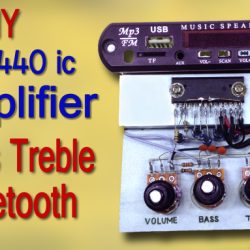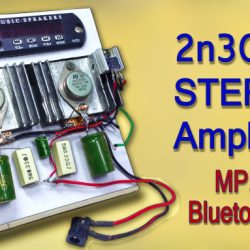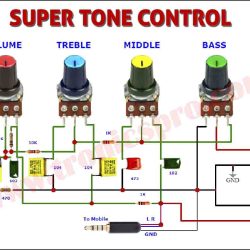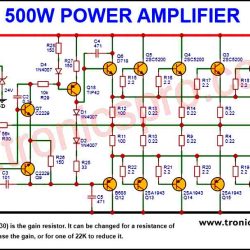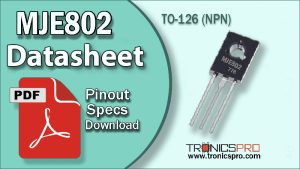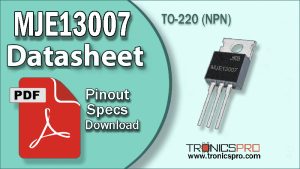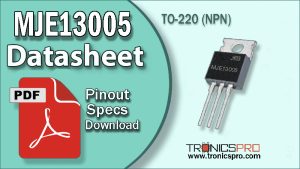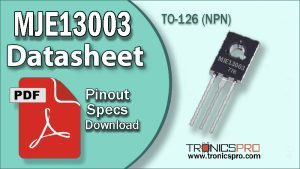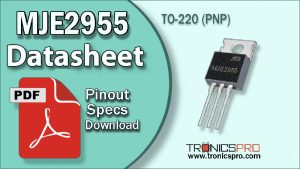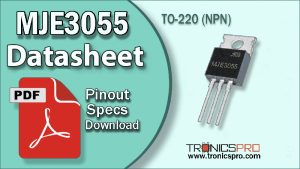Introduction
In the world of audio systems, power amplifiers play an important role in providing the necessary amplification for high-fidelity sound reproduction. A powerful and efficient amplifier can make all the difference in achieving crystal clear audio quality. In this article, we will explore the circuit diagram of a 300W audio power amplifier that utilizes 3 pairs of 2N3055 and MJ2955 transistors. Additionally, we will also explore the characteristics and applications of various other transistors such as TIP42, TIP41, 2SC2229, and A1015, as well as diodes like 1N5404, 1N4007, and a 24V Zener diode.
Circuit Diagram of 300W Audio Power Amplifier
The 300W audio power amplifier circuit diagram revolves around the utilization of 3 pairs of 2N3055 and MJ2955 transistors. These transistors are known for their high power capabilities and can handle significant power loads effectively. The circuit is designed to ensure a high gain and low distortion output, thus providing an immersive audio experience.
The input section of the circuit consists of a TIP42 transistor, which acts as a pre-amplifier. It amplifies the weak audio signal received from the source, preparing it for further amplification. The output of the pre-amplifier is then fed to the driver stage, where the 2SC2229 and A1015 transistors work in tandem to provide the necessary drive current for the final power amplification stage.
The final amplification stage is where the 2N3055 and MJ2955 transistors come into play. Their robust construction and ability to handle high power loads make them ideal for audio power amplifier applications. The transistors are connected in parallel to collectively handle the high current and power requirements. Additionally, a 1N5404 diode is incorporated in the circuit to protect the transistors from excessive voltage spikes.
This project can be designed using a few basic components. The circuit diagram of this project is shown below.
Power Supply of 300W RMS Audio Power Amplifier
More Circuit Layouts
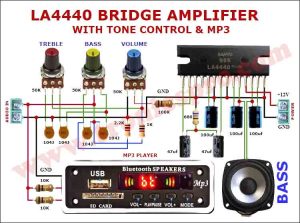
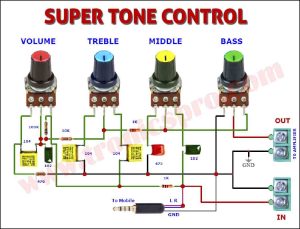
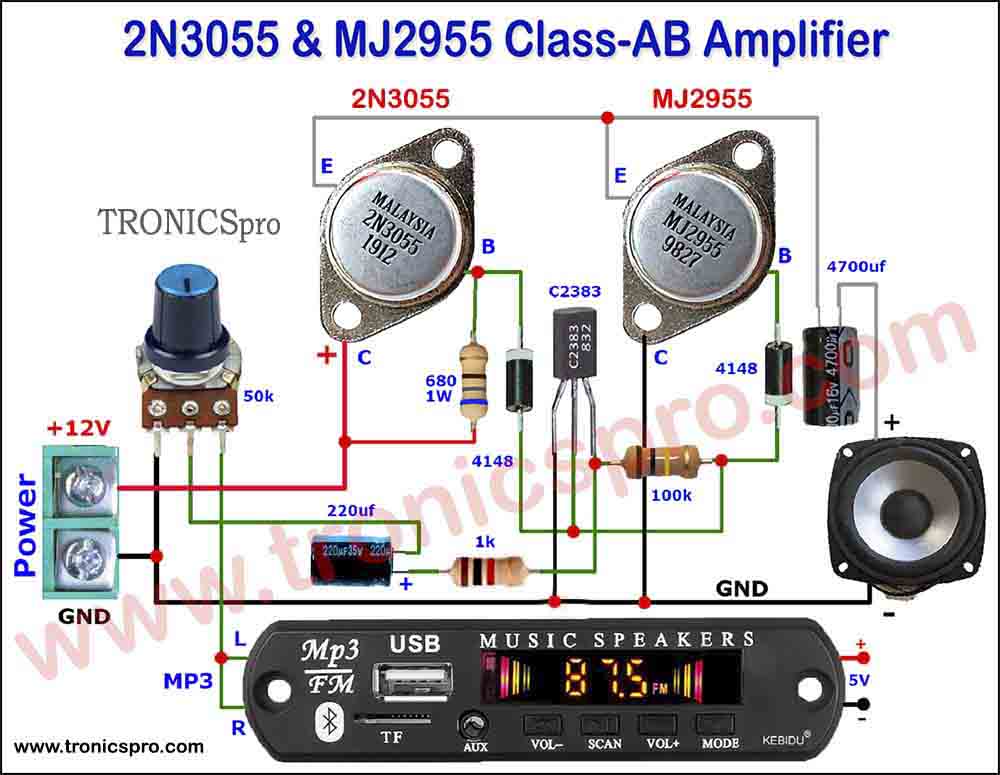

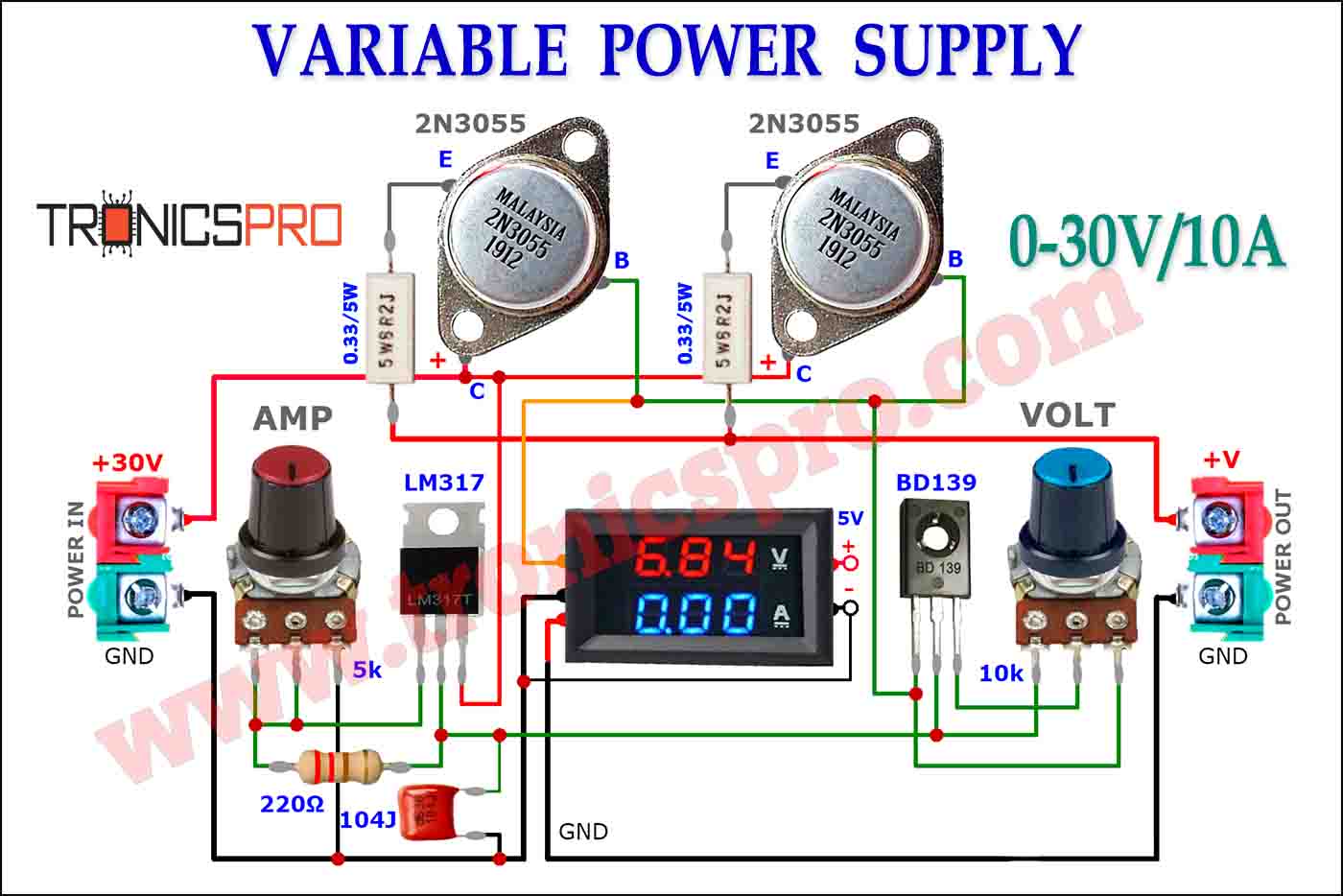
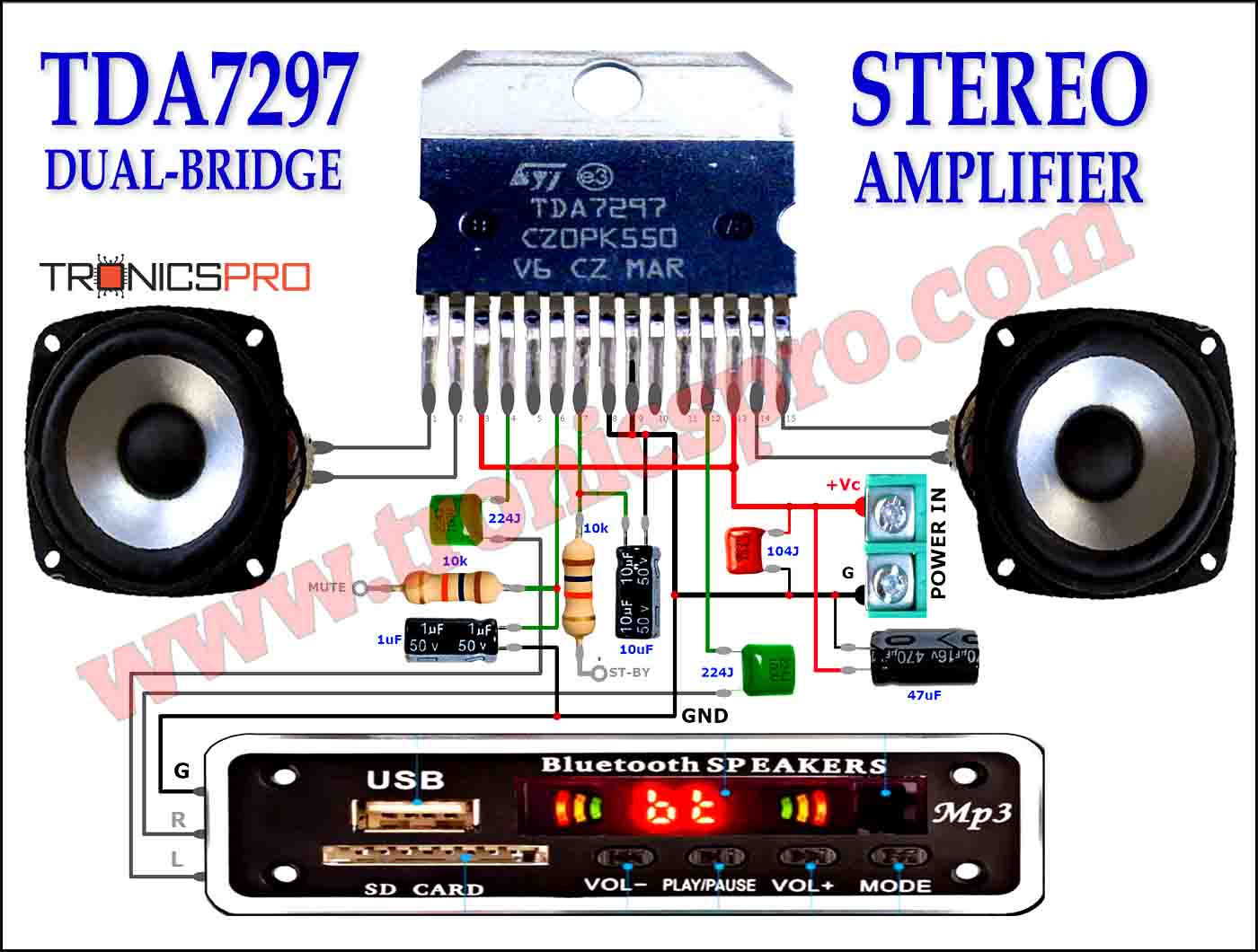
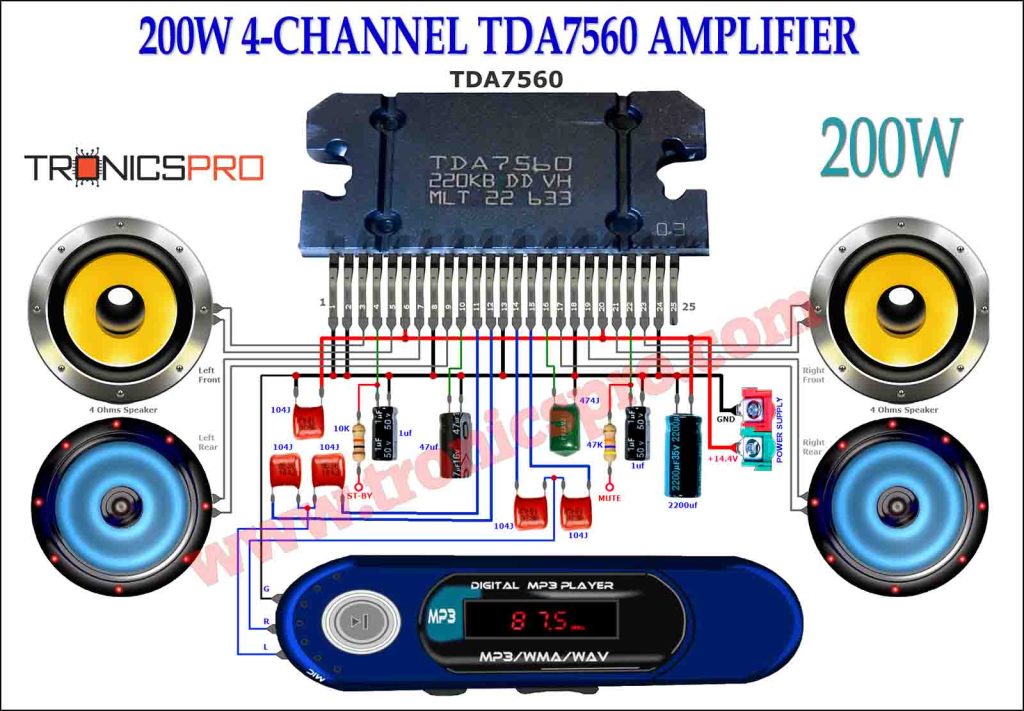
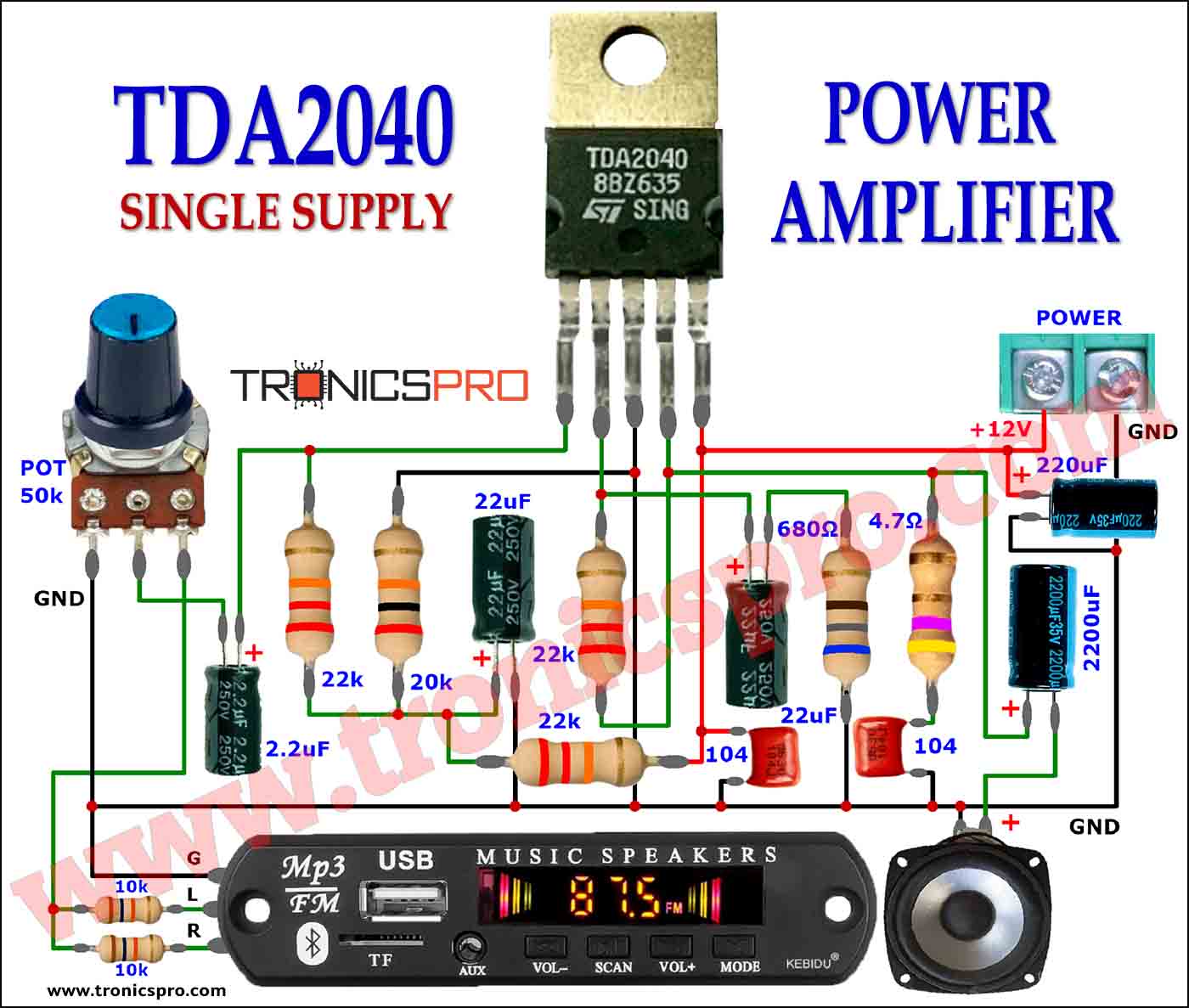
2N3055 Pinout

Components List of 300W Audio Power Amplifier
Following is the list of all components used in this project:
Transistors
- 2N3055 Transistors = 3
- MJ2955 Transistors = 3
- TIP42 Transistors = 2
- TIP41 Transistor = 1
- 2SC2229 Transistor = 2
- A1015 Trnasistor = 2
Capacitors
- 100uF/50V electrolytic capacitor = 2
- 470nF (474) nonpolar polyester capacitor = 1
- 100pF (101) nonpolar ceramic capacitor = 2
- 470pF (471) nonpolar ceramic capacitor = 2
- 10pF nonpolar ceramic capacitor = 2
- 100nF (104) 100V nonpolar polyester capacitor = 2
Resistors
- 0.33 ohm / 5W = 6
- 10 ohm / 1W = 1
- 100 ohm / 1W = 2
- 33 ohm – 1/4W = 1
- 150 ohm – 1/4W = 3
- 10K ohm – 1/4W = 1
- 1K ohm – 1/4W = 1
- 4.7K ohm – 1W = 1
- 68K ohm – 1/4W = 1
- 56K ohm – 1/4W = 1
- 33K ohm – 1/4W = 1
- 3.3K ohm – 1/4W) = 2
Diodes
- 1N5404 Diode 3A = 2
- 1N4007 Diode 1A = 3
- Zener diodes 20-24 volts = 1
Miscellaneous
- Large enough Heatsinks
- Transformer 35v-0v-35v / 3A
- 4700 uF/63V Capacitor = 4
- Bridge Rectifier 15 Amps = 1
Major Components used in 300W Audio Power Amplifier Project
2N3055 Transistor:
The 2N3055 is a popular NPN power transistor that is widely used in audio power amplifier circuits. It boasts a maximum current rating of 15A and a voltage rating of 60V, making it suitable for high-power applications. The transistor has a low collector-emitter saturation voltage, ensuring minimal power loss and high efficiency. With its robust construction and excellent thermal dissipation capabilities, the 2N3055 transistor can reliably handle heavy loads.
MJ2955 Transistor:
The MJ2955 is a complementary transistor to the 2N3055. It is a PNP power transistor with similar power and voltage ratings. When paired with the 2N3055, it creates a push-pull configuration that allows for efficient amplification of both positive and negative half-cycles of the input audio signal. The MJ2955 transistor complements the 2N3055 by handling the negative half-cycles, resulting in a well-balanced output.
TIP42 Transistor:
The TIP42 is a PNP bipolar junction transistor with a high collector current rating of 6A and a voltage rating of 60V. It is commonly used as a power amplifier or a switching device. The TIP42 transistor has a low collector-emitter saturation voltage, ensuring minimal power loss and high efficiency. Its ability to handle high currents makes it suitable for driving the pre-amplification stage in the audio power amplifier circuit.
TIP41 Transistor:
The TIP41 is an NPN counterpart to the TIP42 transistor. It possesses similar characteristics and ratings, making it an ideal match for the TIP42 in a push-pull configuration. The TIP41 transistor handles the positive half-cycles of the audio signal, ensuring a well-balanced output and efficient amplification.
2SC2229 Transistor:
The 2SC2229 is an NPN small signal transistor that is often used for low-power amplification applications. It has a maximum collector current rating of 1A and a voltage rating of 120V. The 2SC2229 transistor is commonly used in the driver stage of power amplifier circuits to provide the necessary drive current for the final power amplification stage.
A1015 Transistor:
The A1015 is a small signal PNP transistor with a maximum collector current rating of 150mA and a voltage rating of 80V. It is widely used in audio frequency amplification circuits due to its low noise and high gain characteristics. The A1015 transistor, along with the 2SC2229, forms the driver stage in the 300W audio power amplifier circuit.
1N5404 Diode:
- The 1N5404 is a rectifier diode with a maximum repetitive reverse voltage of 400 volts.
- It can handle an average forward current of 3 amperes.
- It has a forward voltage drop of around 1 volt.
- The diode has a high surge current capability.
- It has a junction temperature range of -65 to 175 degrees Celsius.
- It is widely used in power supply applications and circuits that require high voltage rectification.
1N4007 Diode:
- The 1N4007 is a general-purpose silicon rectifier diode.
- It has a maximum recurrent peak reverse voltage of 1000 volts.
- The average forward current rating is around 1 ampere.
- It has a forward voltage drop of approximately 1.1 volts.
- The diode can handle surge currents up to 30 amperes.
- It is commonly used in low voltage and low current rectification applications.
24V Zener Diode:
- The 24V Zener diode is a voltage regulator diode that maintains a constant voltage across its terminals.
- It has a breakdown voltage of 24 volts, which means when reverse biased, it allows the current to flow and maintain a near constant voltage of 24 volts.
- The current flowing through the diode increases rapidly beyond the breakdown voltage, ensuring a stable voltage across the diode.
- It is used as a voltage reference and in voltage regulation applications.
- It is capable of handling a typical power dissipation of around 1.3 watts.
- The diode has a temperature coefficient of approximately -2.2mV/°C, which means its voltage slightly decreases with increasing temperature.
Working Explanation of 300W Audio Power Amplifier
The circuit consists of multiple stages, each playing a crucial role in amplifying the audio signals. Let’s break it down:
- Driver Section: The TIP42 and TIP41 transistors are employed in the driver section of the circuit. The driver stage amplifies the input audio signals received through the input jack and sends the amplified signals to the power output stage.
- Power Output Stage: The power output stage utilizes three pairs of 2N3055 and MJ2955 transistors in a push-pull configuration. This arrangement allows for high power amplification and facilitates efficient distribution of the amplified audio signals.
- Biasing Circuit: A stable biasing circuit is necessary for proper operation of the output transistors. This amplification circuit uses 2SC2229 and A1015 transistors in the biasing circuit to ensure proper polarization and bias current flow.
- Diodes: The 1N5404 and 1N4007 diodes serve specific functions within the circuit. The 1N5404 diodes are high-current rectifier diodes used in the power supply section to rectify the AC voltage into DC. The 1N4007 diodes provide voltage clamping across the output transistors, protecting them from excessive voltage spikes.
- Zener Diode: The 24V Zener diode plays a critical role in regulating the voltage. It maintains a stable voltage level across its terminals, ensuring that the output transistors operate within their specified safe limits.
Conclusion of 300W Audio Power Amplifier
The 300W Audio Power Amplifier Circuit Diagram incorporates a combination of transistors, diodes, and a Zener diode to deliver a high-power amplification solution for audio signals. The use of three pairs of 2N3055 and MJ2955 transistors in the power output stage enables efficient distribution of amplified audio signals, while the TIP42, TIP41, 2SC2229, and A1015 transistors in the driver and audio sections facilitate accurate amplification. The inclusion of diodes, such as the 1N5404 and 1N4007, provides rectification and voltage clamping, safeguarding the circuit from potential damage. Additionally, the 24V Zener diode maintains a stable voltage output across the circuit. Combining these components results in a powerful and reliable audio power amplifier circuit.
More projects, You may like:
- Video Transmitter DIY Homemade FM Radio Transmitter
- Adjustable Power Supply DIY Battery Charger
- 12V-220V 500 Watt inverter DIY Homemade
- 12V-220V H-Bridge Inverter DIY Homemade
- MPPT Solar Charge Controller DIY Homemade
- 18650 battery bank free charge protection module
- D718 B688 Bass Amplifier Homemade DIY
- C5200 Bass Amplifier DIY Homemade with Volume
- DIY LA4440 bass amplifier homemade
- C5200 A1943 TDA2030 Amplifier DIY Homemade
For more project and circuit diagrams, you can go through the Schematics in the main menu where you can find many interesting projects and circuit diagrams like audio amplifier circuits, voltage booster circuit, battery charger circuit and timer circuits etc., which are all beginner circuit projects. Feel free to check them out!

Thanks for visiting the article and watching the video.














